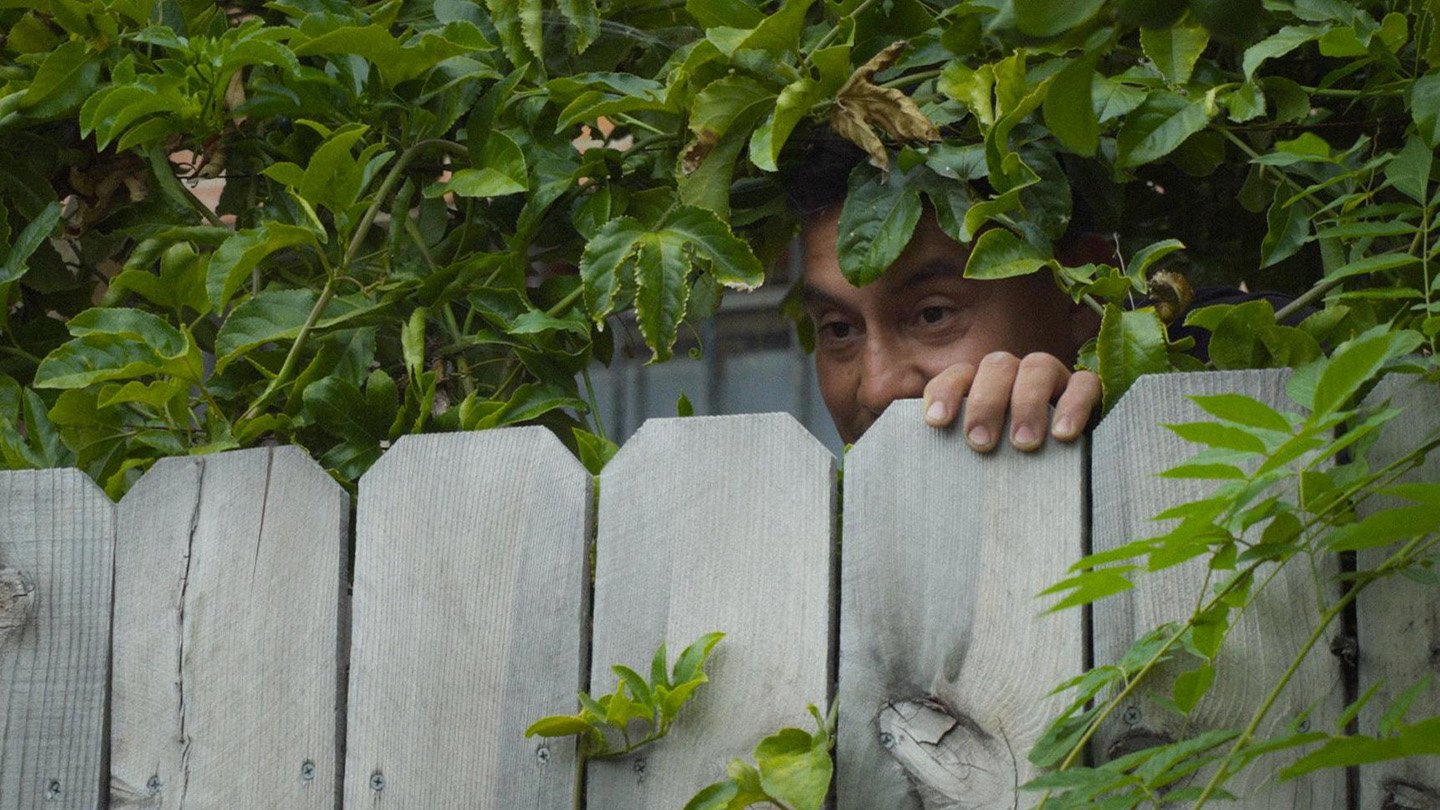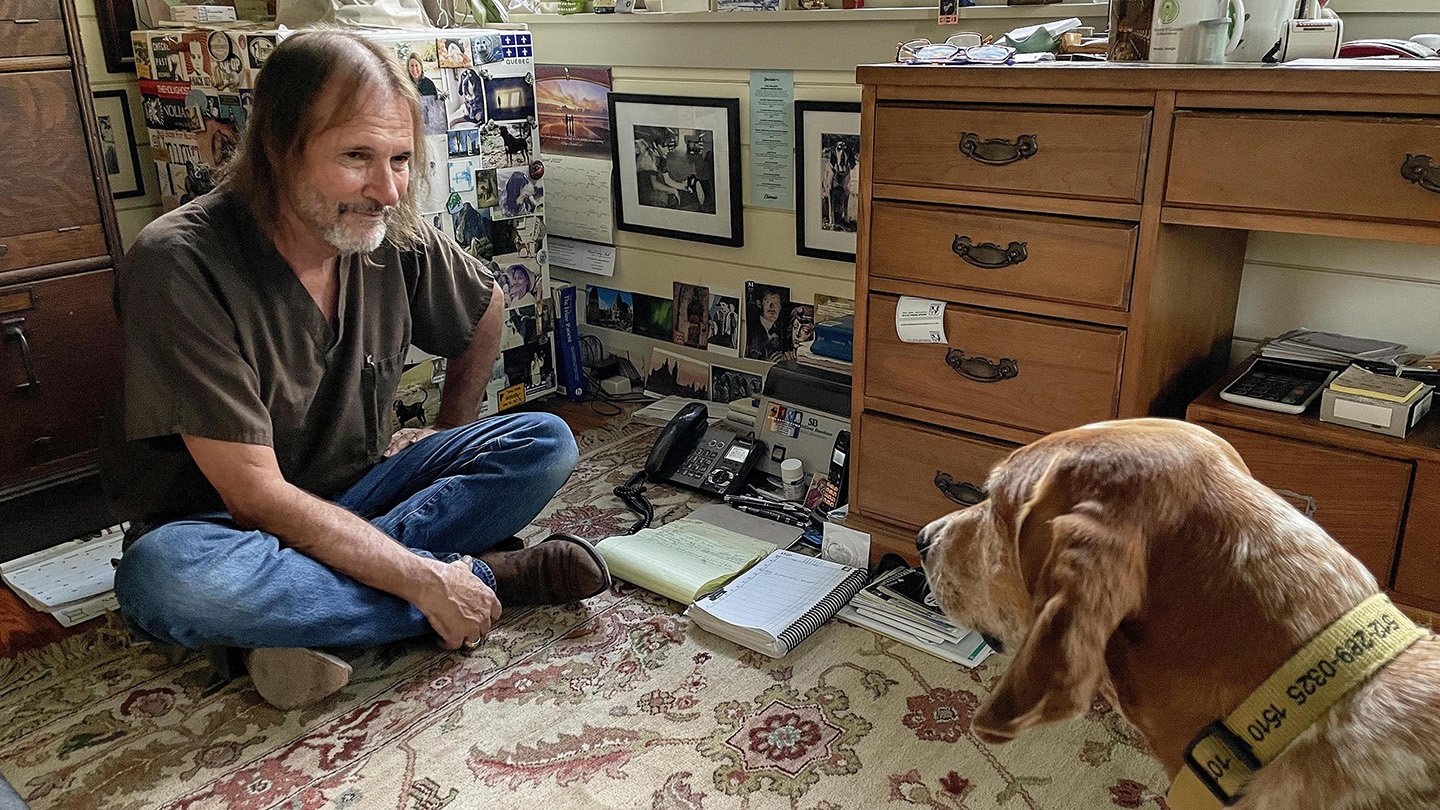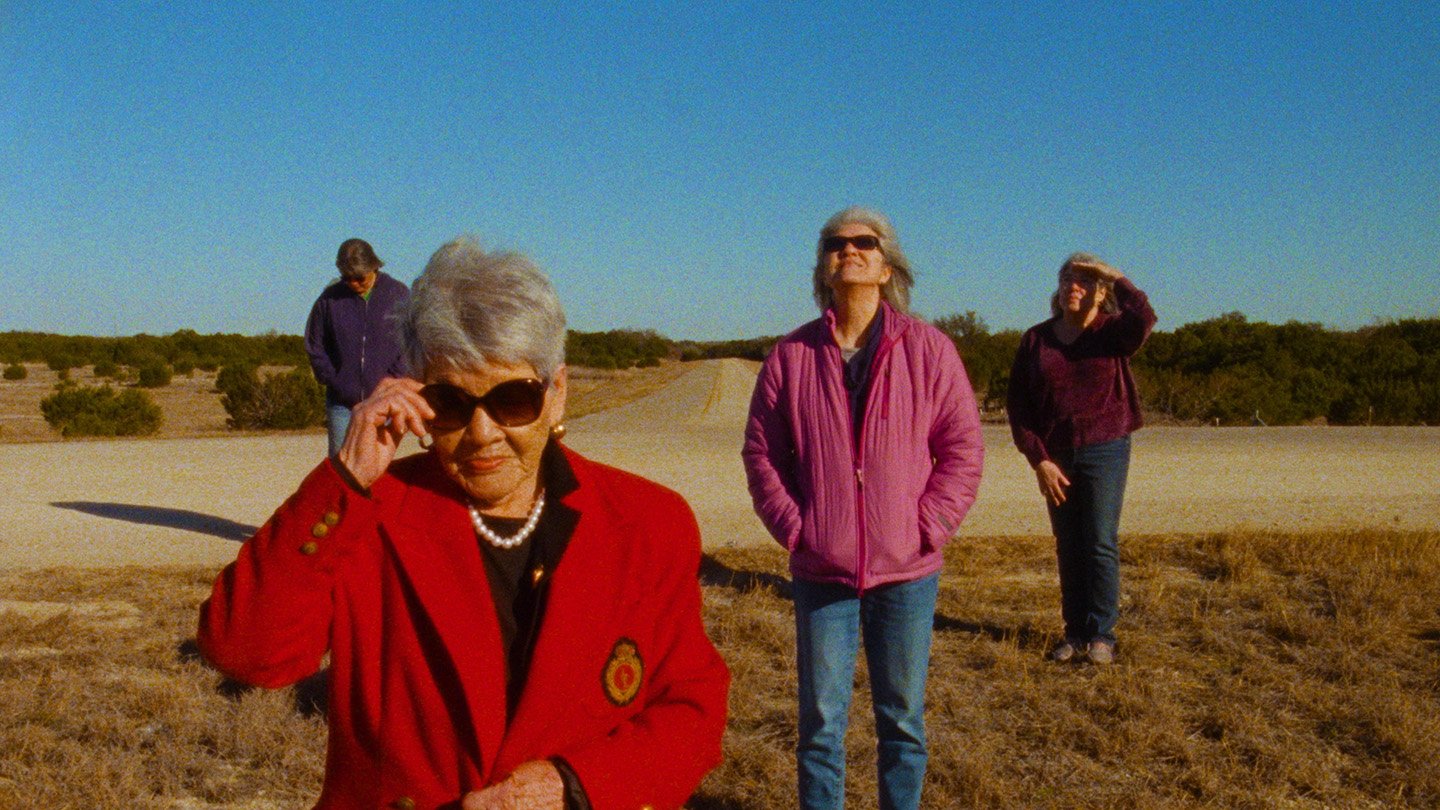HFC at SXSW ‘24: Texas Shorts
I chafe at the idea of rules in cinema, but the reality is that generally, in order to be marketable (and anything that makes its way to a theater has to be deemed marketable in some sense) a film should adhere to certain conventions. This is why I love the short film format. The rules are out the window. There isn’t enough time for backstory and character development. The three act structure is irrelevant. One has the freedom to get as weird as possible, to delve into all the inscrutable recesses of artistic whims, to materialize a flash daydream or posit the answer to a silly “what if?”. It’s all going to be over in about ten minutes, and there’s no burden to tie up loose ends; posing the question to the audience is the point, it is satisfaction enough.
A short film is allowed to occupy a space much closer to visual art than a stage play. Without being tedious, a short film, like a photograph or a painting, can explore a single moment or examine the complexities of a feeling. It can stir us through the stillness of an image or the reams of subtext and history implicit in a single conversation. This year’s slate of short films have really lived up to this promise and provided a much needed reminder of all the art around us. All the beautiful moments worth exploring.
The South By Southwest Shorts Program opened on Friday with Texas Shorts, and I’m happy to confirm that Texas is bursting with talent.
Beeps, from director Kirk Johnson, is a lot of things. It’s ostensibly a documentary; Johnson was inspired by the misophonic complaints of his friend Sam Smith (not the singer), whose sanity and relationship are unraveling at the hands of an incessantly beeping smoke detector hidden somewhere in their densely populated neighborhood. The film follows Smith and his partner, Robert Vilata, on their mission to locate the source, going door to door, questioning neighbors and offering batteries, an endeavor which eventually opens up questions of gentrification and cultural hegemony. I say it is ostensibly a documentary because Johnson does play a lot with format. There is a line that is hard to discern between moments which are staged and natural, and sometimes it feels possible that both can exist at the same time. Johnson also occasionally lets the camera take on a narrative point of view, though the fourth wall is often broken. In the absolute best way, Beeps is a reminder that anything can be a movie, any situation can have stakes, life is full of beautiful small stakes situations, and sometimes these seemingly trivial moments can open much bigger conversations. Johnson’s film is also ostensibly silly. It’s played and edited for comedy, and it is very, very funny, but the team’s escapade also leads to beautiful moments of connection and community.
Ivete Lucas and Patrick Bresnan’s The Passing is a diptych which follows a day in the life of an Austin traveling veterinarian, and a woman preparing to euthanize her beloved dog, bringing them together for a predictably rough ending. The film is as tough a watch as it sounds, you do watch a dog get put down in real time and then watch her owner weep for what feels like minutes, and the entire theater was audibly crying. But, what could be blunt was treated so gently and so intimately and it exists as a beautiful tribute to the relationship between humans and animals.
Writer/director Mackie Mallison’s Live From the Clouds is a film in the form of a poem. Through a combination of collage animation and 16mm footage of his family that is mostly staged, he explores the construction and degeneration of memory and posits that the farther removed we become from something, both in distance from the thing itself and the aging process, that our notions become abstraction. That sometimes that abstraction is all we have to hold onto, and perhaps they shape us more than reality. Mallison made the film because he grew up and remains disconnected from an entire side of his family, untraceable in another country. All he or anyone had were stories, stories that with time and distance could not be verified as adjacent to any kind of truth. The film is also a project to locate the hereditary source of his anxiety, positing that perhaps the answer to his psychological woes lies in an epigenetic stamp of an unknown suffering kin. But he can only look for answers in his grandmother, his only living relative with a connection to Japan. Their relationship has afforded the young Mallison an intimacy with the complexities of the psychology of old age, the loneliness, the resignation, the regret, but also the abandon and realization of the beauty in the immediate. He finds poetry in the mundane, in a bingo parlor, a supermarket, a dilapidated side yard, a dirty house, years neglected. These images mingle with aspirational ones of a beach and of constructed, composite idyls rendered through collage. He ends on airplanes and the cosmos, which given the wrong treatment can be hackneyed, but here have a concrete tie to his grandmother’s desire to go back to Japan, a desire she will never fulfill. The elderly matriarchs of his family assemble by the fence at an airport. We hear a plane. They point to the sky. We never see it. What we want can be so far away; our desires jettison through neurons, through galaxies, and most of them leave you old, waiting on the tarmac, watching them fly away.
Sangre Violenta/Sangre Violeta is a documentary from locals Edna Diaz and Arturo R. Jiménez which investigates the contemporary Feminist movement in Mexico from three very different points of view: a father who lost a young daughter to femicide, a young woman who survived an acid attack after leaving an abusive relationship, and the Michis Aborteros, a collective of young women who protect and escort those in need of an abortion. Feminism as an ideology and as a practice is not a monolith, and the subjects’ views on the form the struggle should take, particularly the justification of violent resistance, vary wildly. They can be hard to reconcile, and the film amplifies the queasiness by juxtaposing women whose bodies have been maimed with a man calling for respectful protest. But, that is the point. This man calls himself a Feminist, and it would be wrong to say he is not. He is. No one is without flaws in their ideologies. This father has lost his daughter violently and, as he bluntly puts it, setting fire to a government building will not bring her back, nor will it engender the good favor of politicians who might make change. On the first point no one can dispute him, the second is the question. Feminism looks different to everyone, and perhaps we should all be less siloed and dogmatic.
This was a heavy program, certainly, but I left the theater crying in the best way. I’m so proud of Texas.






Julia is a Brooklyn transplant in Austin who loves all things weird, art house, and obscure. She’s a filmmaker, currently in post production on a short, and in the script stage on a feature, and is always down to collaborate. Find her on IG @juliahebner, where she promises she’ll start posting more.